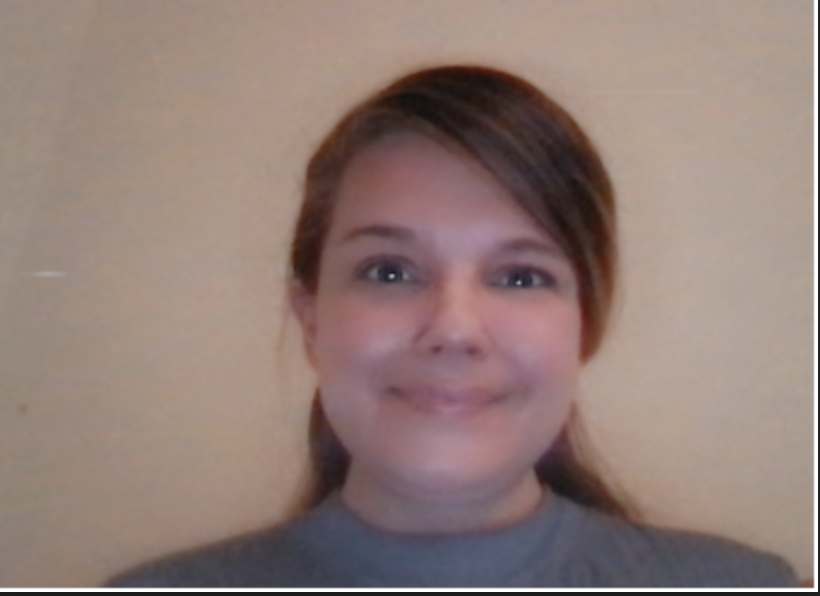Designing and executing historical research for a short essay, seminar paper, or thesis can be daunting. How do you find a primary research question, and how do you know which sources will help you answer this question? How do you read and take notes on sources once you've found them?
Formulating a historical question to answer
There are many ways to approach a historical argument, but all historical arguments answer a specific question about change over time. "Change" encompasses many ways of thinking about and studying what happened in the past (even the very recent past). As you narrow down your topic, try to articulate your research question in terms of a change over time. How or why did something happen at a particular time and place? What were the consequences of a specific event or series of events? What are the origins of an idea, term, trend, or phenomenon?
You have to research to come up with a good research question.
You will refine and narrow your fundamental historical question during the research process as you learn more about your topic. For example, suppose you are interested in writing about the history of childbirth. In that case, you might discover in your initial research that the Scottish physician James Young Simpson was the first to use anesthesia (in the form of chloroform) in childbirth in 1847. Based on this knowledge, you could then formulate a research question about Simpson's significance in popularizing obstetric anesthesia or how obstetric anesthetics changed social attitudes about labor pain. The critical point is that you will answer your historical question through your analysis of sources.
Historical sources
A primary source provides original information about your topic that helps you answer your research question. Primary sources provide the "raw data" for your argument: they were produced by historical actors at the time. You could think of your thesis statement as the answer to your main research question and your analysis of your primary sources as the evidence supporting that answer. Primary sources may be qualitative or quantitative, and written, material, graphic, aural, or even olfactory (consider this example of an archive of smells!). They may be, for example, the official archives of an institution, community, or organization, newspaper articles, artworks, diaries, letters, interviews, places or buildings, performances, sound or video recordings, social media content, or material artifacts. However, you could even treat academic articles and books as primary sources, if your research question asks about the changes in the academic literature during a specific time around a particular question or problem.
A background source is usually summary material from a textbook, encyclopedia entry, or another broad survey that gives the context and background information you will need to analyze your primary sources.
A secondary source is a work of scholarship, usually a book or article written by a historian, that offers an original argument supported by evidence from and analysis of primary sources. Secondary sources are like conversation partners; your argument will build on, critique, complement, or challenge the arguments made in secondary sources.
Note-taking guidelines for historical sources
BACKGROUND SOURCES
- SCOPE: What is the period or topic covered by the source?
- DEFINING CHARACTERISTICS: What major claims is the source making about the distinctiveness of its period or topic?
- KEY TERMS: What are the key terms in the source, and how are they defined?
PRIMARY SOURCES
- LOCATE AND SITUATE: Begin by noting the date(s), regional location(s), and author(s) of the source. Situate the source in your research: how does it relate to your other primary sources?
- GENRE AND INTENDED AUDIENCE: What kind of source is it? Where, when, and how was the source produced and read, seen, heard, held, displayed, used, or circulated? Who are the intended audiences of the source? Are these audiences popular or professional, public or private, expert or non-expert?
- GOAL or ARGUMENT: What is goal, purpose, or argument of the source? What is the source communicating, or attempting to communicate, to its intended audiences?
- CONTEXTUALIZE: Does the source reference earlier or contemporaneous events, actors, sources, places, etc.? What in the source suggests shared understandings, questions, problems, and goals between the source's authors and intended audiences?
- SIGNIFICANCE FOR YOUR ARGUMENT: How does this source help you answer your main question about change over time?
- FURTHER QUESTIONS AND RESEARCH DIRECTIONS: What questions does the source raise that require further research to answer?
SECONDARY SOURCES
- MAIN ARGUMENT: What is the main argument of the article, chapter, or book?
- HISTORIOGRAPHY: What other academic sources are cited? What mistakes is the argument correcting, and what gaps is it filling in the existing academic literature on your topic?
- EVIDENCE: What kind of evidence supports the main argument? Be specific here: the source will reference specific primary sources.
- ANALYSIS: What is the source's original interpretation of these primary sources, and how does this interpretation support the main argument?
- YOUR RESPONSE TO THE ARGUMENT: Based on your reading of the source, do you agree or disagree with your secondary source's argument? What other sources might you need to consult to assess the argument further?

Comments